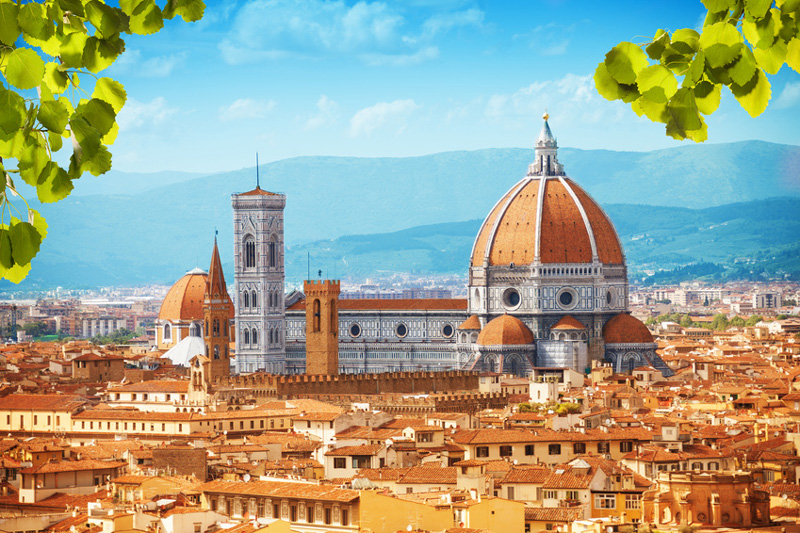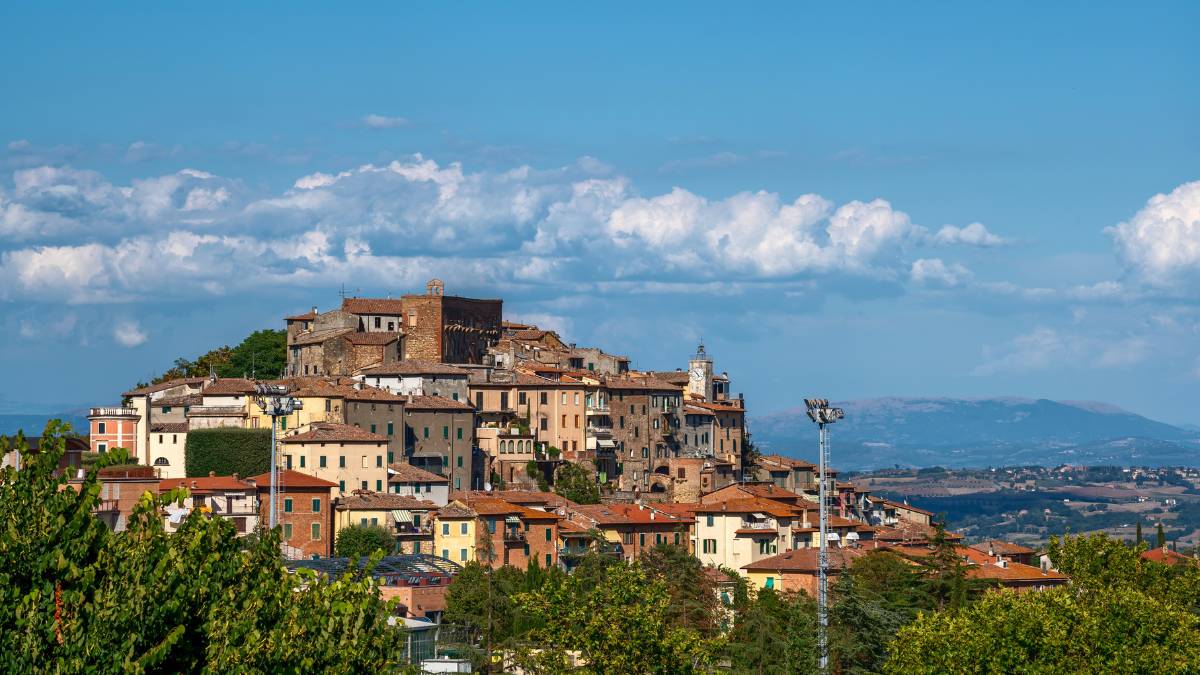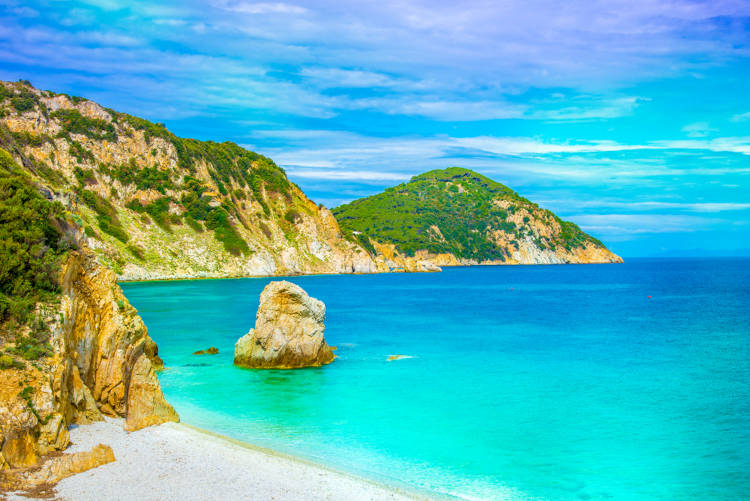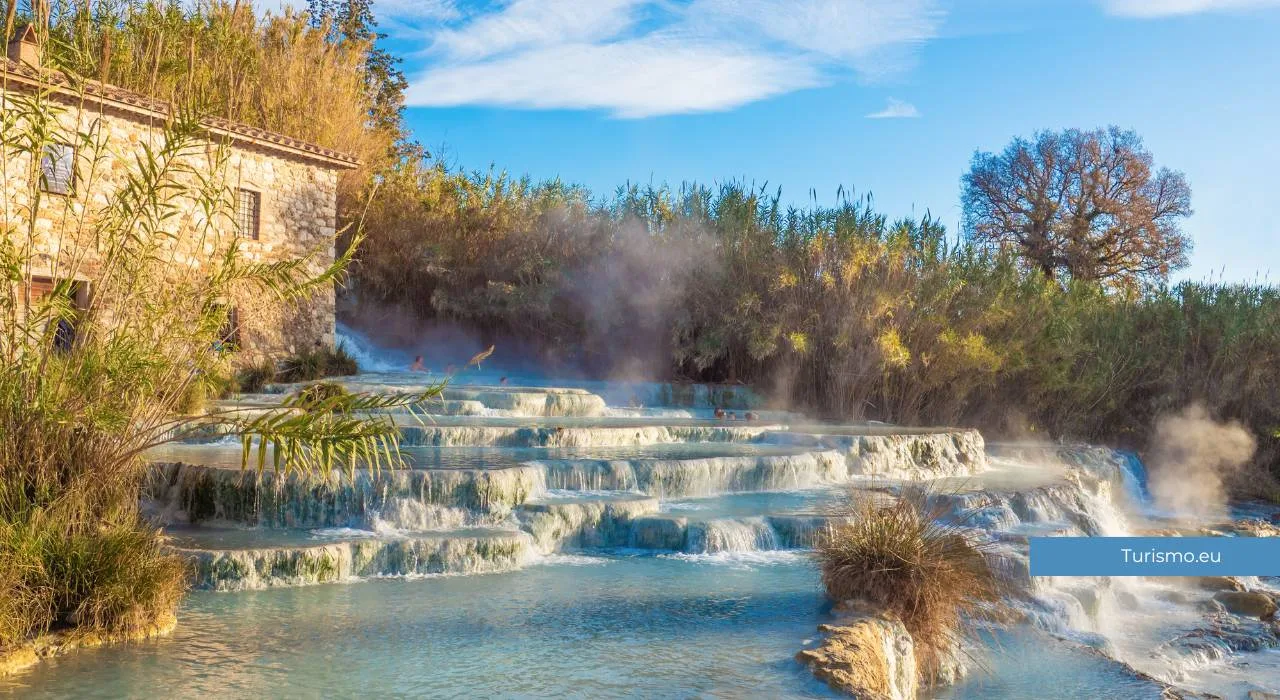Tuscany is a land that enchants with its perfect blend of art, history, breathtaking landscapes, and gastronomic traditions. Every corner of this region tells a story, from the Renaissance masterpieces of Florence to medieval hilltop villages, from the golden beaches of the Tyrrhenian coast to the thermal springs bubbling in the heart of the countryside.
This guide will help you uncover the best experiences Tuscany has to offer.

Florence, the cradle of the Renaissance, is an open-air museum. Walking its streets means marveling at Brunelleschi’s majestic dome, losing yourself among the masterpieces of the Uffizi Gallery, and crossing the romantic Ponte Vecchio at sunset.
Nearby, Siena wraps visitors in its medieval charm, with Piazza del Campo seemingly frozen in time and its stunning black-and-white marble Duomo, a triumph of Gothic art.
Pisa surprises not only with its Leaning Tower but also with the grandeur of Piazza dei Miracoli, while Lucca enchants with its ancient walls and towers rising above red rooftops.
Arezzo, with its Piazza Grande made famous by cinema, and Cortona, perched on a hill overlooking the Valdichiana, complete Tuscany’s mosaic of art cities.

Hidden among Tuscany’s rolling hills are villages straight out of a fairy tale.
San Gimignano, with its medieval towers piercing the skyline, is a jewel that transports you back in time. Montepulciano, surrounded by vineyards, offers panoramic views and wineries where you can taste the renowned Vino Nobile.
Pienza, designed as the Renaissance “ideal city,” is a masterpiece of architectural harmony and the aroma of aged pecorino cheese. Volterra, with its Etruscan heritage and alabaster workshops, and Bagno Vignoni, where a thermal pool dominates the main square, are unmissable stops for those seeking authenticity.
Then there’s the Garfagnana, a wild and unspoiled land between the Apuan Alps and the Apennines, where villages like Castelnuovo di Garfagnana and Barga preserve an untouched medieval atmosphere, surrounded by castles and lush beech and chestnut forests.

For those craving the sea, Tuscany’s coastline offers dreamlike scenery. Cala Violina, in the Maremma, is a wild beach with crystal-clear waters, while Elba Island captivates with hidden coves and perfect snorkeling spots.
If you prefer elegance, Forte dei Marmi, the chic destination of Versilia, is the place to be.

If you’re looking to unwind, Tuscany’s natural thermal springs are a true blessing. The Cascate del Mulino in Saturnia, with its sulfur-rich waters, and the ancient thermal baths of Bagno Vignoni offer moments of pure relaxation, set against picture-perfect landscapes.
The Mona Lisa (La Gioconda) was painted by Leonardo da Vinci primarily in Florence between 1503 and 1506, though the artist continued refining it until around 1517, carrying it with him during his travels.
The best time to visit Tuscany is spring, when the hills turn green and flowers bloom across the countryside, or autumn, with its warm hues and the scents of the grape harvest.
Summer is ideal for the coast, but art cities can get crowded.
For an authentic Tuscan countryside stay, choose between a vineyard-surrounded agriturismo or a restored farmhouse in Val d’Orcia.
Dipende dal tipo di viaggio: Sirmione è ideale per il romanticismo, Riva del Garda per lo sport, Malcesine per i borghi, Garda per fare il bagno.
Sì, c’è una bellissima strada sul lungolago. In alcuni punti è po’ più stretta, quindi fare attenzione.
Si puà girare il lago anche con battelli e bici.
Pesce di lago (coregone, lavarello), olio extravergine DOP, tortellini di Valeggio, vino Lugana e Bardolino.